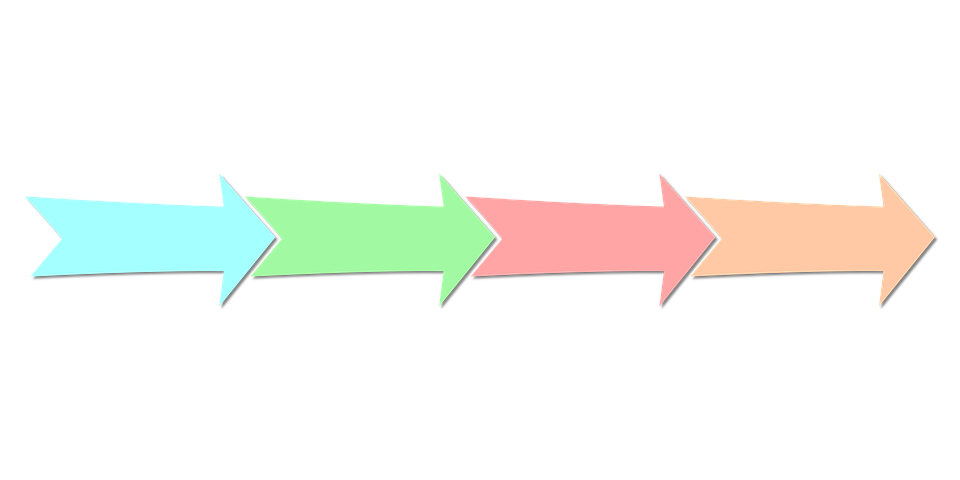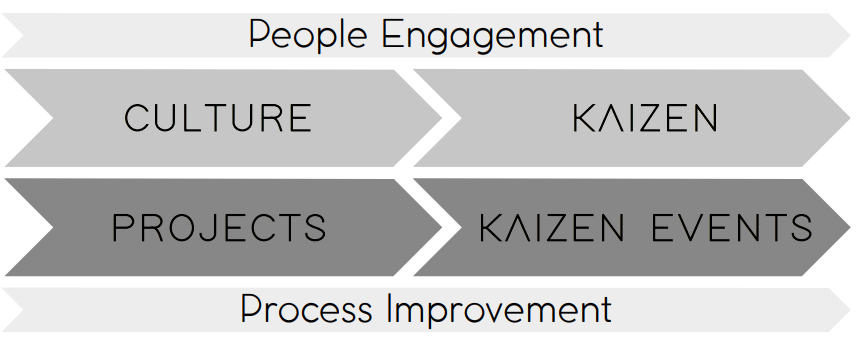The Simplicity of Lean
This is an except from Chapter-1, Introduction from my book, “The Simplicity of Lean”.
Lean means many things to many people and its success or failure is important to a large number of stakeholders: customers, employees, management, shareholders, suppliers, and society as a whole. Is Lean a toolkit? Is it about cost saving? Is it a way of thinking? Or is it a fundamental and strategic shift in the culture of an organization?
The importance of this question to each of the stakeholders might appear different but essentially, getting the answer right will result in each of the stakeholders benefitting in a substantial way. Customers will see their services, quality and total cost of ownership improve, while employees will find their work more rewarding, both in terms of their engagement with the work and their financial recompense. Management will experience a more engaged workforce, who solve problems and improve processes daily, freeing up the managers’ time to build and grow the business. Managers will practice an improved form of leadership, one that supports dynamic and effective teamwork and allows them to achieve the success that they desire. Shareholders will find that their investment in the organization provides a superior return to that of the overall market, and that the company features as one that is both sustainable and ethical. It will be one of the jewels in the crown of their investments. Finally, suppliers will find that they’re valued more highly by their customer, with a relationship far less focused on price and instead, built around the total cost of ownership and innovation, with a customer-supplier relationship based on trust and the long-term.
Answering the question of what Lean means is critical to its successful adoption by an organization, and one of the challenges that I find many people experience is how exactly to do this. The purpose of The Simplicity of Lean is therefore to help the reader to get to the right answer, and to adopt Lean Thinking and Lean Leadership into their organization.
I chose the title of the book to convey that Lean injects simplicity into an organization. However please don’t misunderstand from my use of the word simplicity, that deploying Lean into an organization’s culture is easy, or that it is overtly simple. This is not the intention in my choice of the word. Rather it is because I truly believe in, and have experienced, the simplicity that Lean brings to an organization. Nevertheless, the approach that one must take to achieve this simplicity will require the removal of significant complexity in the organization, both in terms of complicated processes built up over many years, and the cultural norms of behavior that will be well-rooted.
In fact, one of the most common mistakes that I observe organizations make in their deployment of Lean is the over-simplification of the approach that they take.
As Albert Einstein famously said: “Things should be made as simple as possible but not any simpler.”
The corollary, ‘but not any simpler’, is often omitted from the quotation, yet it is the most important part of simplicity, and inherent in the thinking contained within this book.
I am quietly confident, that as the reader progresses through the book, they will gain the knowledge that they require to establish just how they can integrate Lean thinking and Lean leadership into the fabric of their organization’s culture, and answer the question, ‘What is Lean?’
OPERATIONAL EXCELLENCE IS A STRATEGIC ADVANTAGE
It’s a truism that a clear majority of executive teams have the ambition to deliver a breakthrough in their organization’s performance and that their strategy operates to this end. However, whilst there are some famous examples of organizations that really break the mold with their innovative business models, Apple, Microsoft, Tesla and Alibaba for example, what is important to keep in mind is that they are not the only innovative companies in their marketplace. Importantly, but perhaps a little too prosaically for the mainstream media, they also owe a great deal of their success to being rather good at the more mundane elements of operational excellence.
In the results of research by Raffaella Sadun, Nicholas Bloom and John Van Reenen of the Harvard Business School , the importance of good management and operational excellence were clearly demonstrated, concluding that, “Nobody has ever argued that operational excellence doesn’t matter. But we contend that it should be treated as a crucial complement to strategy – and that this is true now more than ever.”
There are many great examples of organizations which have utilized Lean leadership to achieve the state of operational excellence that provides them with a competitive advantage, and this research by the Harvard Business School provides solid data confirming what many of us have known from the empirical examples. In his book, The Lean Turnaround, Art Byrne wrote about his experiences as a CEO over a period of 30 years, and how Lean was his strategy for the business success that he achieved; this was a great example of how the ‘C-Suite’ can deploy Lean leadership. But while the senior leadership must be engaged, I also want to explain how the simplicity of Lean is the impact that we can all make with its adoption as a fundamental way of thinking and acting. Lean leadership will deliver excellence for your organization, but in order to do so Lean cannot be what you do, but must instead be how you think, and who you are.
THE SIMPLICITY MODEL
My first book, “Leading with Lean”, was an experienced-based guide to Leading a Lean transformation, and was intended to take the reader through their own journey of leadership development. Because of the enthusiastic feedback that I received, and the many questions and requests for more information around some of the core methodologies of Lean thinking, it became clear that, to complement my Lean leadership model, a Lean practice model was also necessary. I have called this the Simplicity Model.
Whilst I introduced many of the Lean methodologies in Leading with Lean, as well as the VIRAL model for Lean Deployment, what the Lean practice model does is to provide the Lean practitioner with a codification of the Lean drivers of the two key outcomes of Lean leadership:
- People Engagement
- Process Improvement
Through the utilization of the simplicity model, the Lean practitioner can navigate the initial parts of their Lean journey, hopefully avoiding some of the usual pitfalls. This will make Lean leadership an even more attainable goal for the Lean practitioner. The Simplicity of Lean is therefore an anthology of the core methodologies that the Lean leader will apply to effect the required change in the culture; embed Kaizen into the organization, deliver upon the transformational projects and engender active participation of the team members in Kaizen events. Collectively, these efforts will deliver organizational simplicity through a high degree of people engagement and process improvement.
| “The Simplicity of Lean” is a step-by-step guide to the Lean Thinking that makes your organization more efficient and effective. The book offers the necessary context of how to apply Lean Thinking to make your Lean Transformation successful. Alongside the theory and the practical application of Lean, Philip also shares his personal insights and experiences, as well as individual success stories (and failures) from various Lean leaders from across the world. |  |
by Philip Holt
Philip Holt is Senior Vice President, Global Transformation, at GKN Aerospace and a Board Member of the Operational Excellence Society. He studied Engineering at Manchester Metropolitan University and Management at the Wharton School of Pennsylvania and the University of Warwick, was an engineer at Gillette and led the Lean Deployment worldwide at Philips for over twelve years. He achieved Lean Master status and has summarized his 30+ years of experience and insights into Lean Leadership in his previous book Leading with Lean and his most recent book, The Simplicity of Lean. Connect with him on LinkedIn.








